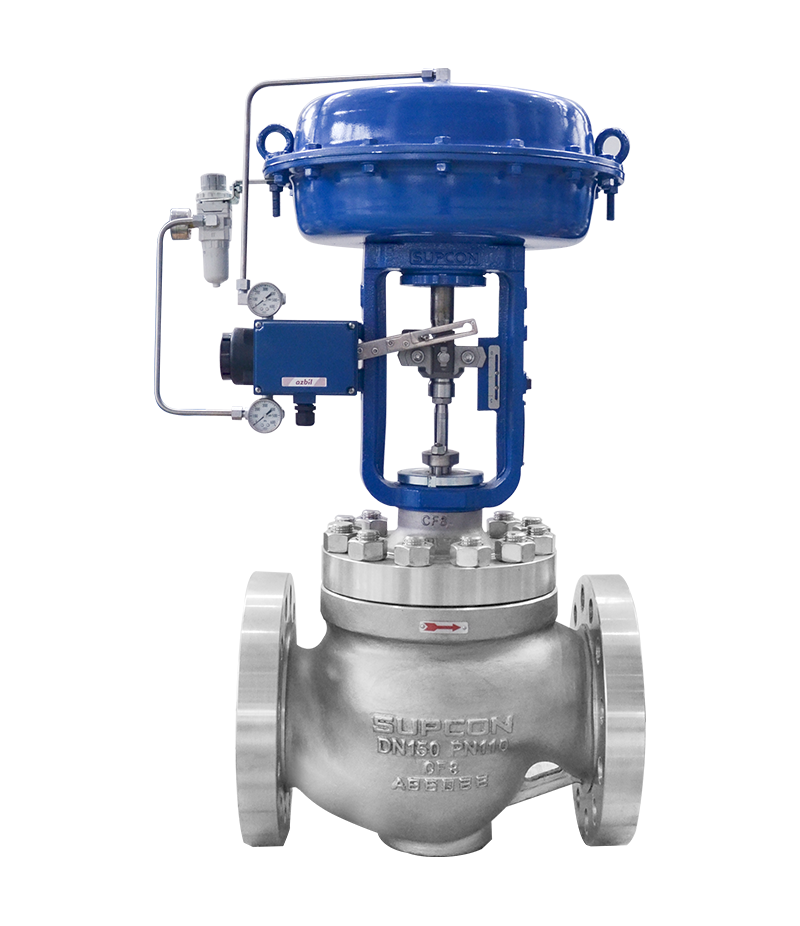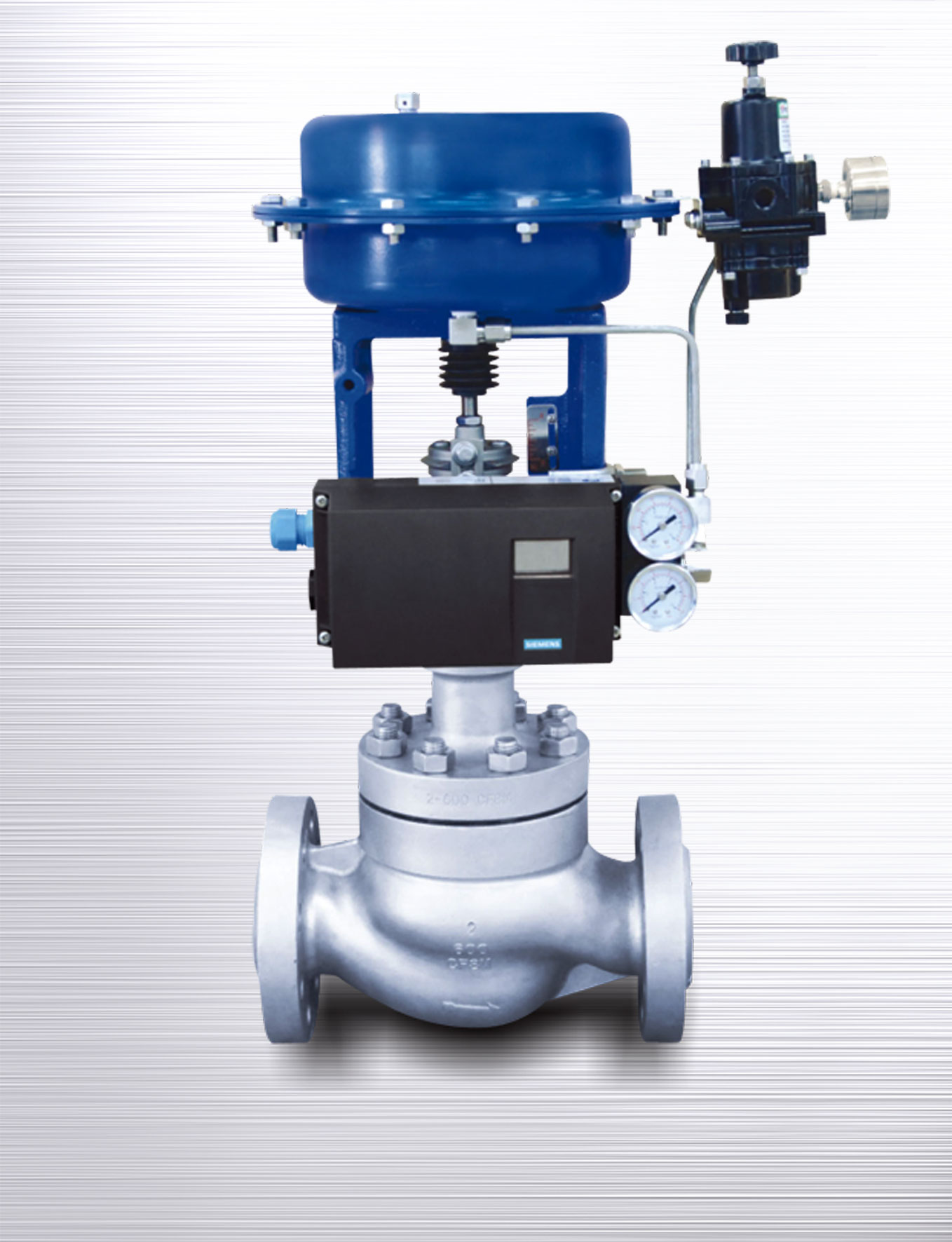Understanding the Significance of Control Valves in Process Automation
Understanding the Significance of Control Valves in Process Automation
Blog Article

Maximize Energy Savings and Convenience With Advanced Building Automation Controls
In the realm of modern-day design and facility monitoring, the combination of advanced building automation regulates stands as an essential development. The convergence of modern technology and sustainability has birthed a new age where power effectiveness, convenience optimization, and functional streamlining are no much longer achievable truths however distant ambitions. By taking advantage of the power of automation, buildings can adjust, react, and advance in means that were once unthinkable. The potential for considerable energy financial savings and enhanced comfort is not just an opportunity but an assurance waiting to be met. This standard change in building management holds the essential to opening a world where environmental conscientiousness and passenger well-being harmoniously coexist within the walls of our frameworks.
Energy Performance Advantages
Energy effectiveness advantages can significantly lower energy consumption and operational prices in structures. Energy-efficient systems, such as sophisticated structure automation controls, can optimize the usage of sources like home heating, cooling, and illumination, leading to reduced power costs over time.
In addition, enhanced energy performance can extend the life expectancy of building devices and systems. By operating a lot more effectively, heating and cooling systems, lighting fixtures, and other structure elements experience much less damage, leading to decreased upkeep and substitute expenses. In addition, energy-efficient buildings commonly regulate higher home values and rental rates, giving long-term economic benefits to owners.
Moreover, energy efficiency can improve owner convenience and performance. Effectively managed indoor environments with optimum lights and thermal conditions produce an even more favorable and pleasurable work area, leading to enhanced worker satisfaction and performance. On the whole, the energy efficiency advantages linked with sophisticated building automation controls are complex, incorporating cost financial savings, environmental stewardship, and resident health.
Boosted Comfort Control
Enhancing convenience control in structure settings requires an innovative combination of advanced automation systems for optimal passenger wellness. By utilizing sophisticated building automation controls, centers can tailor the indoor atmosphere to meet the particular demands and preferences of residents. These systems allow exact guideline of air flow, temperature, and lights, developing a productive and comfortable ambience. Resident complete satisfaction and performance are carefully connected to thermal convenience, making it vital to have systems in position that can adapt to transforming problems in real-time.
By integrating these innovative controls, structures can not just boost comfort however additionally improve power performance by optimizing system procedures based on real occupancy and usage patterns. Inevitably, prioritizing resident convenience through sophisticated automation systems leads to a much more delightful and healthier indoor atmosphere.
Functional Efficiency Improvements

Moreover, the application of click this real-time surveillance and analytics tools enables building drivers to recognize energy inefficiencies and operational abnormalities immediately. By continually keeping an eye on power use patterns and system performance metrics, modifications can be made in real-time to enhance power intake and guarantee peak operational performance. control valves. In addition, incorporating demand reaction techniques right into structure automation controls can additionally improve functional performance by dynamically adjusting energy use based upon grid problems and rates signals
Indoor Environment Optimization
Effective indoor climate optimization is an essential aspect of structure automation controls, guaranteeing residents' comfort and health while making the most of energy savings. By utilizing innovative sensing units and controls, constructing automation systems can continually readjust and keep an eye on temperature level, moisture levels, air high quality, and ventilation to create an optimal interior atmosphere. Preserving comfy and constant problems not just improves occupant complete satisfaction but likewise improves efficiency and overall health.
Interior climate optimization likewise plays an essential duty in power performance. By fine-tuning cooling, air flow, and heating systems based on real-time information and tenancy patterns, developing automation controls can considerably lower energy consumption - control valves. Implementing approaches such as demand-controlled ventilation and thermal zoning can aid lessen energy waste while making sure that each location of the building gets the necessary conditioning.

Sustainable Environment Creation
Structure automation controls not only maximize interior environment problems for power effectiveness and resident comfort yet additionally lay the structure for producing a sustainable setting with tactical management of systems and sources. By integrating advanced structure automation modern technologies, such as sensors, actuators, and intelligent software program, centers can keep an eye on and adjust energy use in real-time to lessen waste and minimize their carbon footprint. These systems allow anticipating maintenance, recognizing prospective issues before they rise and maximizing equipment efficiency to important source improve longevity and effectiveness.
Moreover, lasting environment production extends past energy monitoring to include water conservation, waste reduction, and interior air high quality renovation. Building automation controls can manage water usage, spot leaks, and make certain proper waste disposal practices, contributing to overall sustainability efforts. Furthermore, by keeping track of and regulating air flow and filtration systems, these modern technologies enhance resident health and wellness and efficiency while reducing energy intake connected with cooling and heating procedures.
Verdict
To conclude, progressed building automation manages deal significant benefits in terms of power financial savings, convenience control, functional effectiveness, interior climate optimization, and producing a lasting atmosphere. By implementing these controls, buildings can accomplish optimum efficiency while reducing energy usage and improving passenger comfort. It is noticeable that using innovative automation innovation is critical in boosting building efficiency and creating a more sustainable future.
Energy effectiveness advantages can considerably decrease energy intake and functional costs in buildings. Overall, the power effectiveness benefits linked with advanced building automation controls are diverse, including price you can check here financial savings, environmental stewardship, and occupant wellness.
In addition, integrating need reaction approaches into building automation controls can better improve operational performance by dynamically readjusting power usage based on grid conditions and pricing signals.
Structure automation manages not only enhance indoor environment conditions for power effectiveness and resident comfort yet also lay the foundation for developing a sustainable setting through calculated monitoring of systems and sources.In final thought, advanced building automation regulates deal substantial benefits in terms of energy savings, comfort control, functional effectiveness, interior environment optimization, and developing a lasting environment.
Report this page